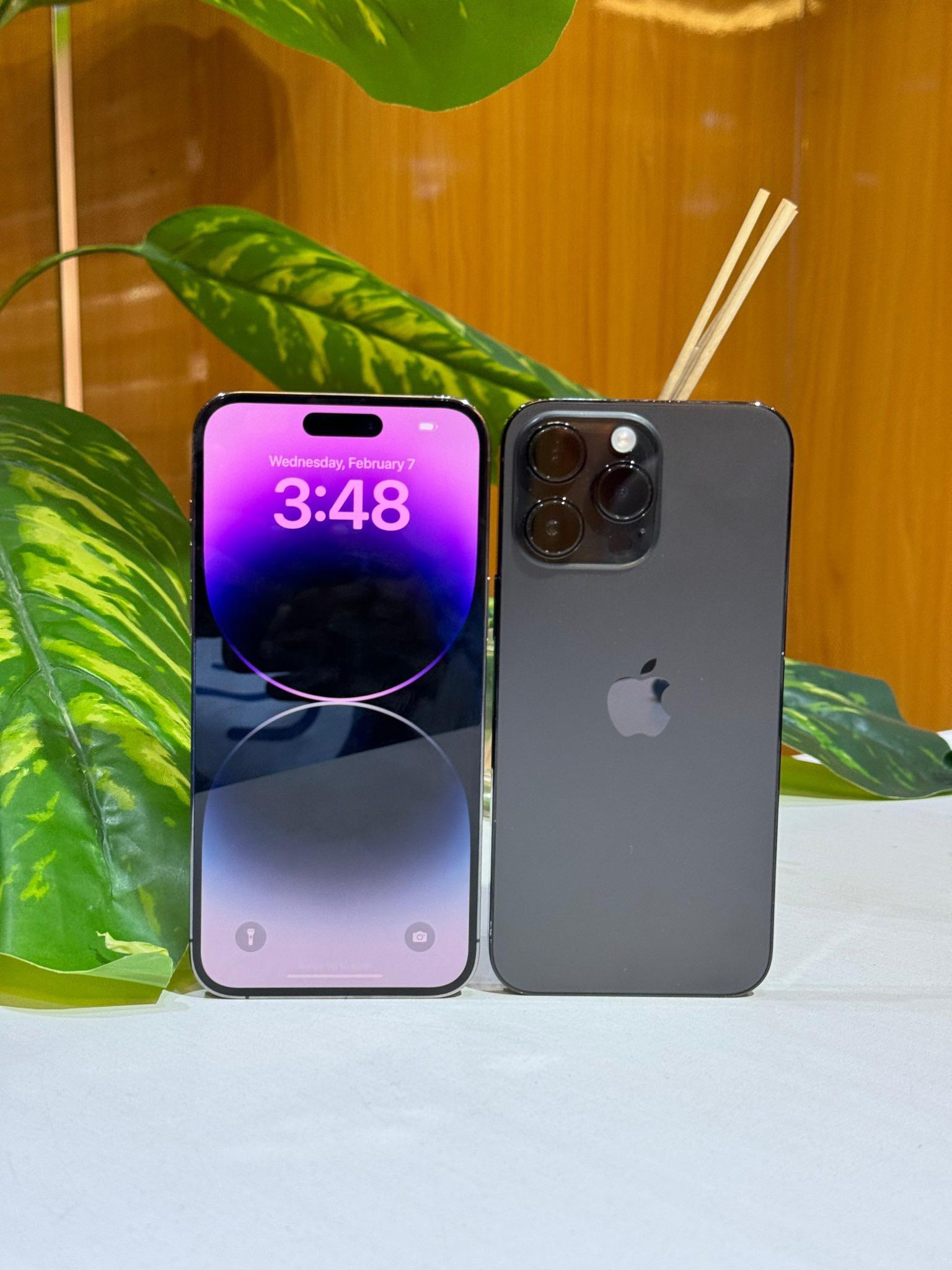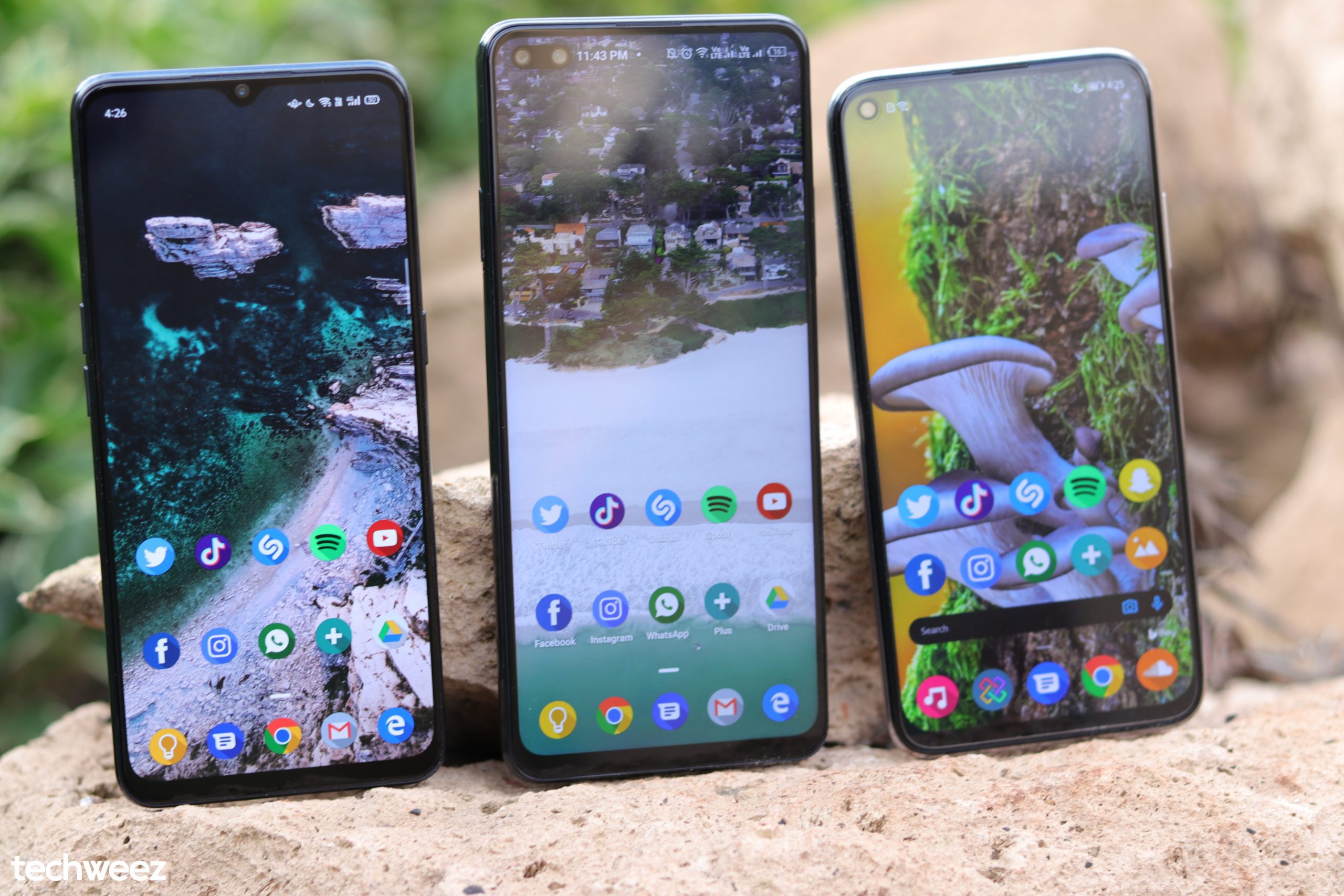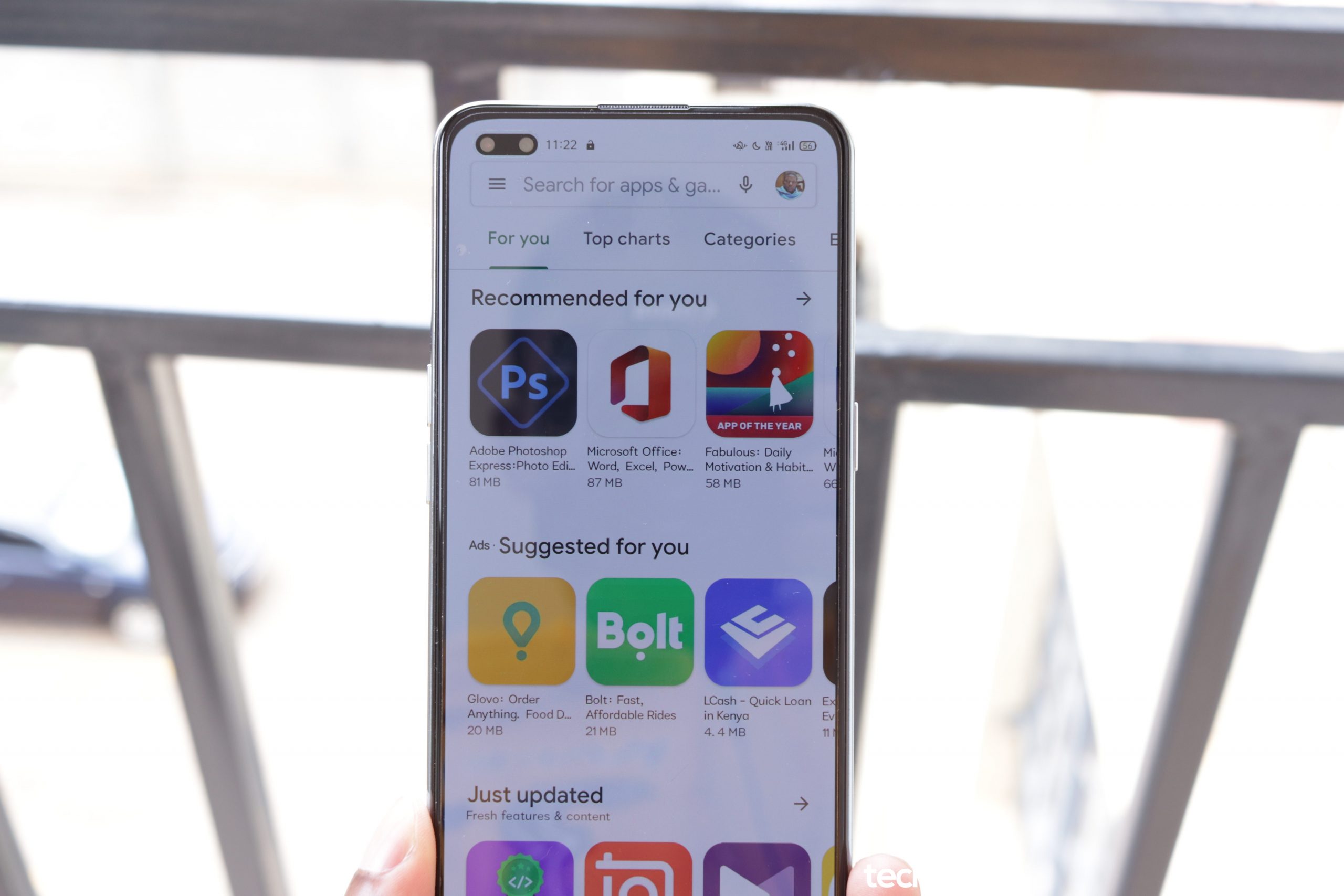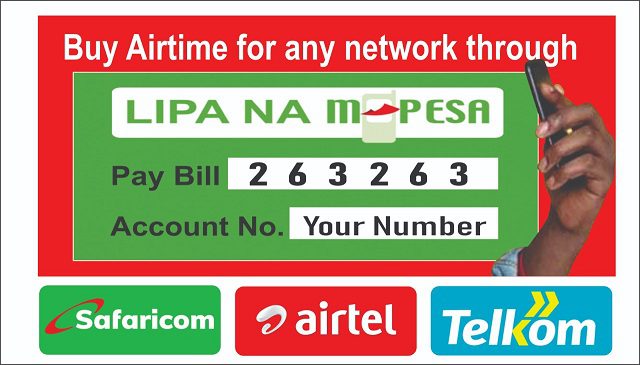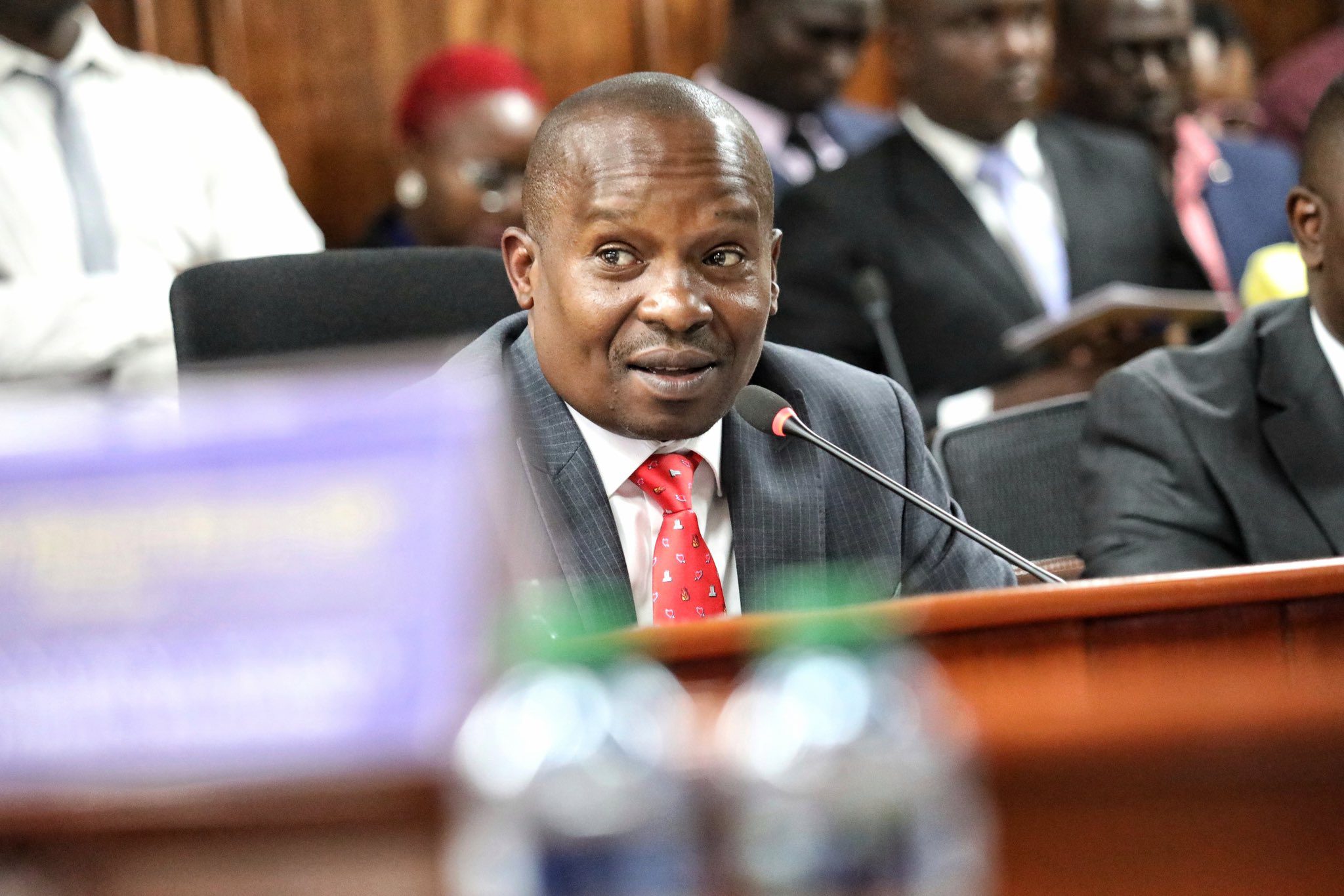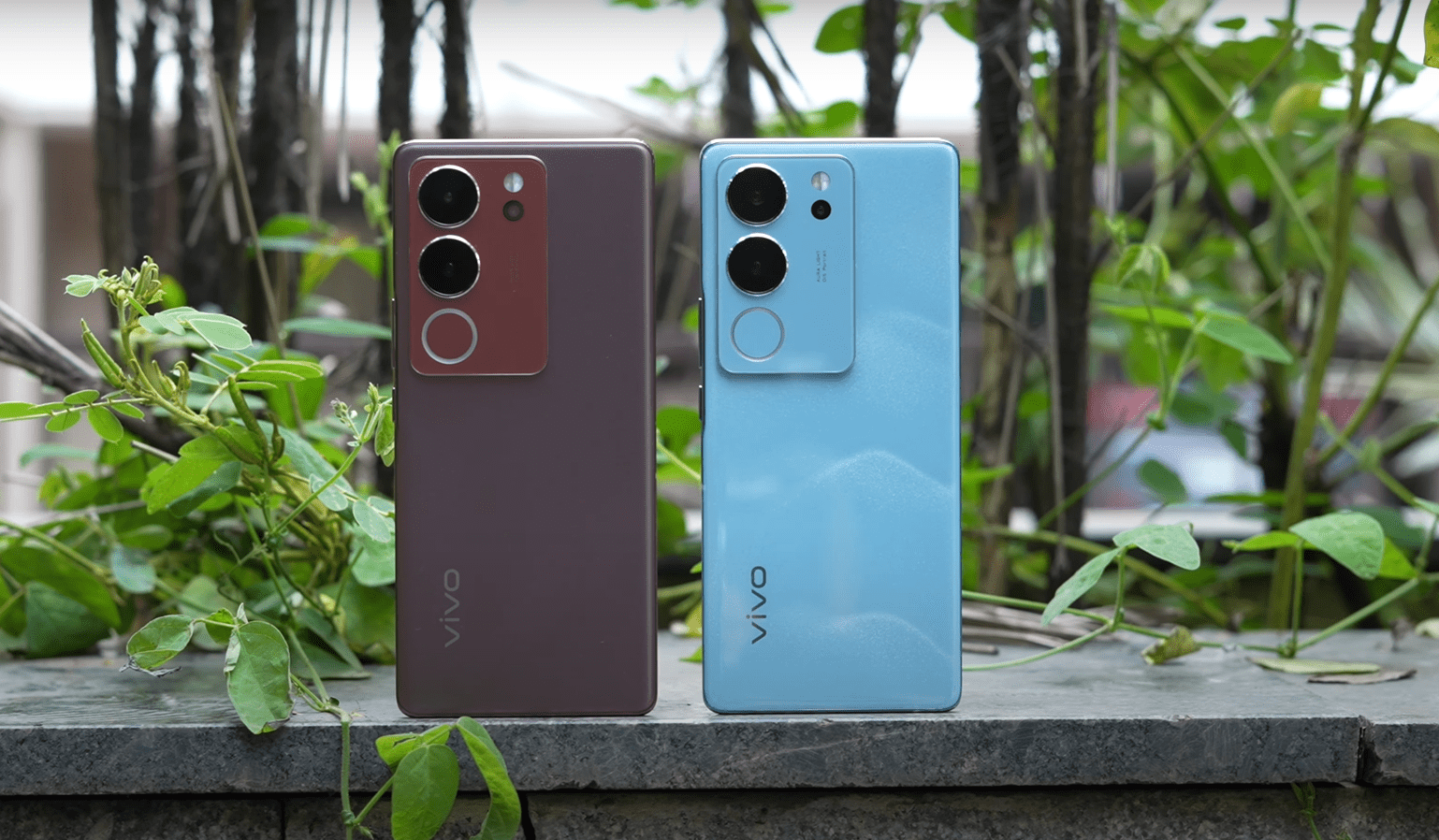When it comes to Home Internet, meaning a fixed wireless connection that a user can use worry-free, there aren’t many options for people who live beyond major urban areas where such services are offered by a variety of companies.
Urban areas are naturally and usually targeted because they host a number of tech-savvy people, who want the product for home entertainment, work, and more.
Those who live in other areas are usually under-served, and this has always been an issue for them, bearing in mind that a percentage of that group is not aware of existing solutions.
Safaricom has been trying to address this gap with 4G Home Wi-Fi. This is a product that was released to the market back in 2019 and targeted businesses and homes that were not covered by Home Fibre.
At that time, Safaricom called the product 4G Home for home users and fixed LTE for business use cases.
As its name suggests, customers who wanted to use the product, and still want to do so, have to be in an area that is fully covered by Safaricom 4G. To get connected, they were required, and still need to buy a 4G router, and a 4G SIM card.
With that brief introduction in mind, the product, admittedly, hasn’t picked off for various reasons (it currently has 15K subscriptions, compared to 370K Home Fibre subs as of Dec 2022).
One of them is that some customers who qualify for it (read: have access to Safaricom 4G coverage, which is now at 97 percent in Kenya), are not aware of its existence.
Secondly, those who know about have also complained about the pricing of the product: the packages are on the higher side, and the router is equally expensive at KES 10,000.
Some of them did not understand that the two services (LTE for businesses, and 4G Home) were almost the same, but meant for different customers.
Cumulatively, the issues became a stumbling block to wide adoption of the service, and deservedly so because the said concerns were genuine from the customers’ point of view.
Solutions
To this end, what has Safaricom done?
Well, actually a couple of things in the hope that customers will fully understand what is in store for them once they choose the service.
First of all, the product has been renamed to 4G Wi-Fi for simplicity reasons. This is for both home and business applications.
“Simplify the 4G/Fixed LTE proposition across home and business. We consolidate all Fixed Wireless products in Home or Enterprise environments, what separates them shall be the individual customer journeys. Ultimately, customers consume same products,” says Safaricom in a statement.
Secondly, Safaricom has adjusted the pricing and package model of 4G Wi-Fi so customers can get more value. The changes are actually not new per se, because they have been around since March this year.
The enhanced product experience and business feasibility entail a shift from speed-based to volume-based packages in existing and new products, respectively.
This means that new products will have lowered the volumes to boost profitability. At the same time, Safaricom has removed guaranteed minimum speeds, also referred to as Guaranteed Bit Rate for the new packages.
Here is the old product, prices, and volumes:
| Package | Volume (GB) | Speeds | Guarantee | Fair Usage Policy | Price |
| (Max Bit Rate) | d Bit Rate | (FUP Cap at 1 Mbps) | (Kes, Incl. Tax) | ||
| 4G For Home 3 Mbps | 200 | 3 Mbps | N/A | 200 Gb | 3,699 |
| 4G For Home 5 Mbps | 400 | 5 Mbps | N/A | 400 Gb | 5,299 |
| Fixed LTE 3 Mbps | 200 | 3 MBPS | N/A | 200 GB | 3,699 |
| Fixed LTE 5 Mbps | Unlimited (1,674) | 5 MBPS | N/A | N/A | 5,799 |
The new fixed wireless access product offerings are as follows:
| Volume in GB | Speed in Mbps | Guaranteed Bit Rate | Fair Usage Policy | Price in KES | |
| 4G Wi-Fi Packages | 90 | 5 | N/A | N/A | 3,000 |
| 4G Wi-Fi Packages | 200 | 5 | N/A | N/A | 6,300 |
Note: Router prices have not been adjusted, and cost KES 10K for the one called Adrian, and KES 11K for a Huawei model.
Overall…
So, these are new developments.
To get connected, you can reach out to Safaricom here, and make a request. They will also help you determine if your area has 4G coverage, but chances are it already is.
It is also worth noting that this is a product for areas that are not covered by Safaricom fibre. If you are served, then there is no need to get 4G Wi-Fi because the former is a better product overall.
Lastly, Safaricom takes care of its customers with 4G-Wi-Fi, Home Fibre, and recently, 5G Wi-Fi. In the next post, we will look further into the three products, and you can then get to pick which one is the best for you (hint: 4G surpasses all in terms of coverage).
